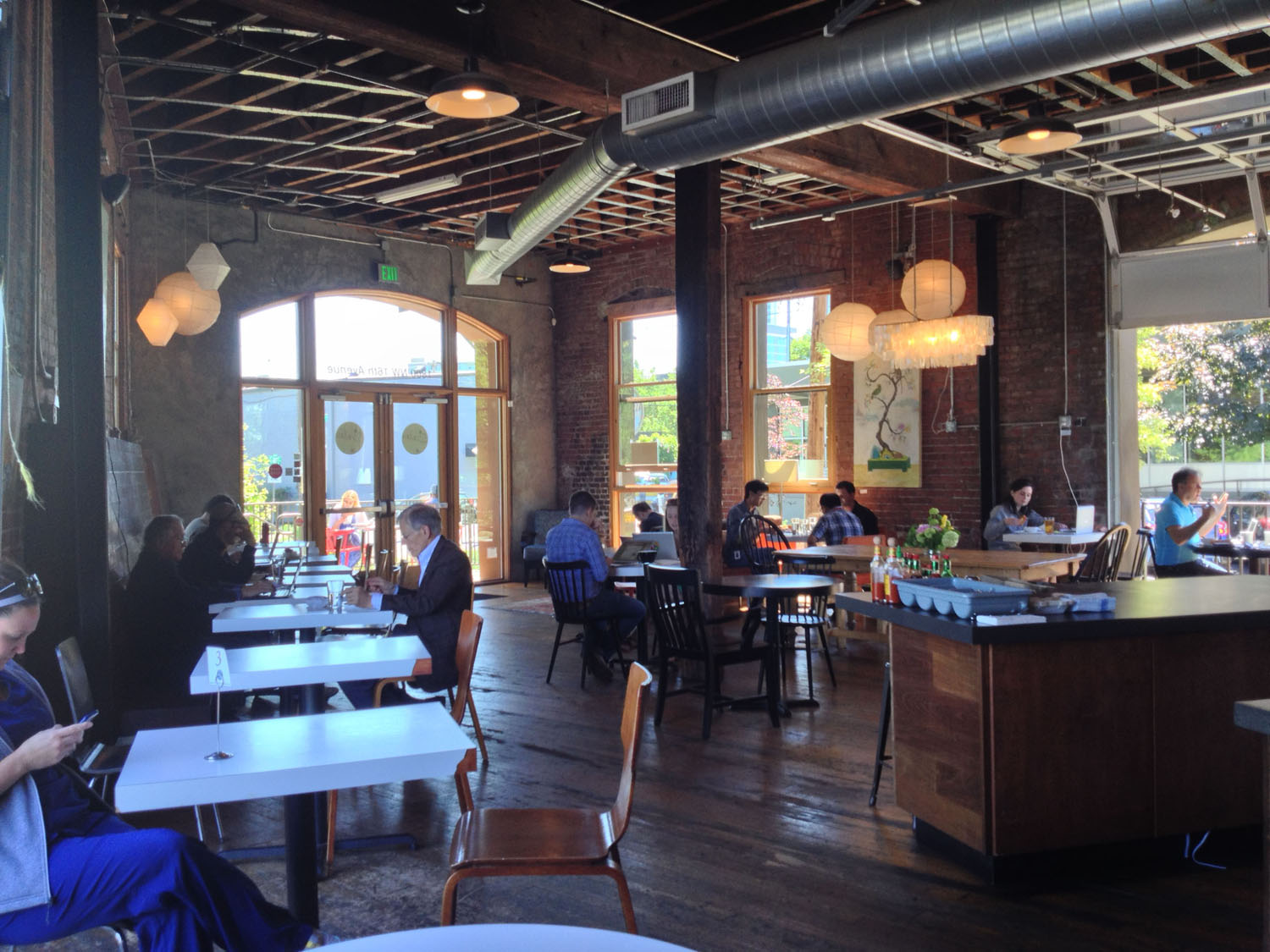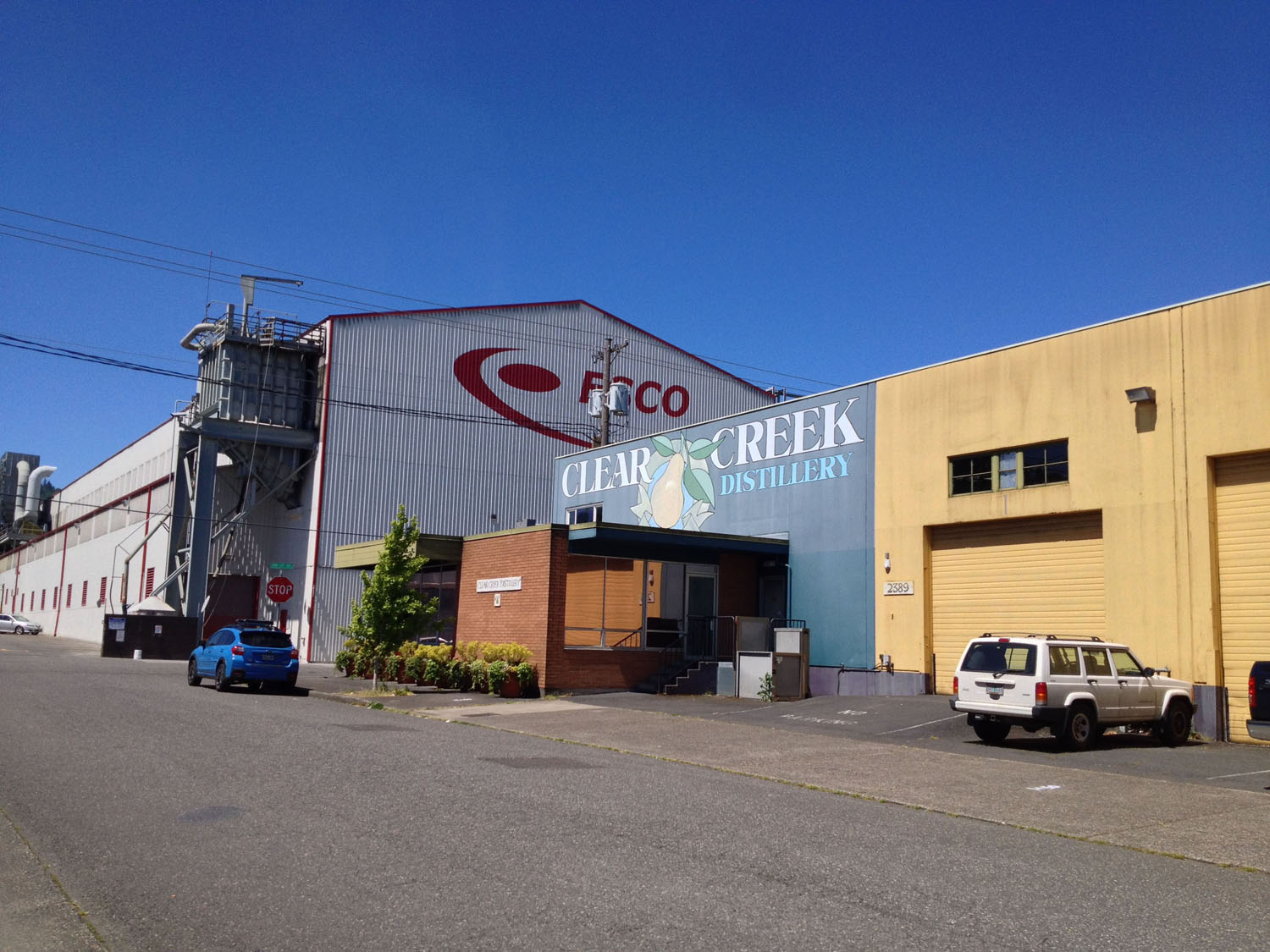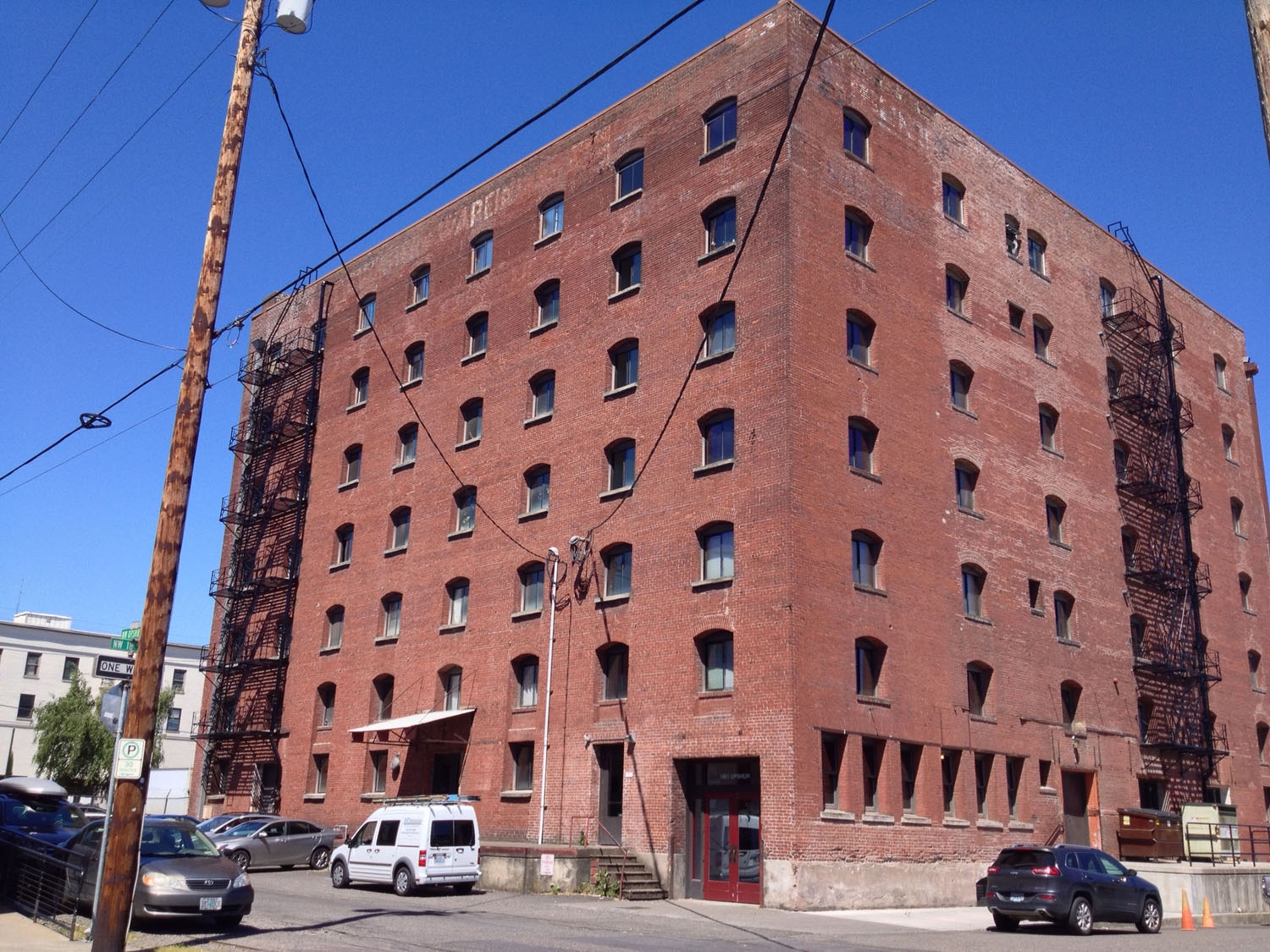Portland’s skyline is rapidly changing as a rush of tech companies moves in and apartment buildings spring up all over the city. One neighborhood that stands out for its recent transformation is historic Slabtown. The district in Portland’s northwest has gone through a revival in the past couple of years. It stills retains some of its historical past as a center of traditional industries, but it is developing a very modern character as service sector businesses move in and loft apartments go up.
It has been just more than a year since New Seasons Market opened its first store in northwest Portland at 2170 N.W Raleigh St. in the heart of historic Slabtown. The store, part of the Conway Master Plan redevelopment project, was built from scratch on former land owned by Conway trucking company, now doing business as XPO Logistics.
The New Seasons store is an impressive Green Globe-certified building. It has revitalized an area of land that Conway previously used as a parking lot. The opening of a New Seasons store can be a pivotal moment in the development of an area because of the increased foot traffic it often brings and the influx of residents and businesses into the area.
And that is what is happening to a block of land whose mass of parking lots was an eyesore and lacked neighborhood unity.
Within a few blocks radius are several new buildings that have either recently opened or are under construction. The L.L. Hawkins building at 1515 N.W. 21st Ave., located one block away from New Seasons, is a six story mixed-use apartment complex, developed by Cairn Pacific and Capstone Partners. It includes a strip of commercial space that houses both old and new businesses. Among them is Besaw’s, a 112-year old restaurant that recently relocated to the neighborhood, and Besaw’s sister bar, The Solo Club.
Other businesses were pioneers. For example, Sniff Dog Hotel on 1828 N.W. Raleigh St. opened in 2010; the boutique day care for dogs includes a spa for pets and a café where owners can have a drink with their dog or have lunch while watching their pet frolic in a custom built indoor dog park.
Close by the hotel is a 40-unit LEED Platinum apartment building, Sawyer’s Row, built on the same site where immigrant families used to live in row houses in the early twentieth century. Back then residents worked at nearby canneries, steel foundries and saw mills. Built two years ago, the small-scale, walk-up design is aimed at evoking the property’s roots, while featuring sustainable characteristics to reflect modern design.

Breken Kitchen at 1800 N.W. 16th Ave.
The district has maintained its character as a residential district where people can easily walk to their workplaces close by. But it is doubtful the residents of modern-day Slabtown apartments belong to the working class like the millworkers who used to live in the district.
The former sawmills and canneries are replaced with creative agencies, event spaces and small manufacturers. Some are housed in old warehouses that have been renovated into new office space. These include the Upshur Warehouse on 1801 N.W. Upshur and the Upshur Lofts at 1800 N.W. Upshur, a renovated warehouse built in 1900, known for its red painted exterior.
Slabtown maintains some historic institutions, which help to retain its original character. These include the 127-year-old St. Patrick Catholic Church, the oldest catholic church in Portland at 1623 N.W. 19th Ave.; McMenamins Tavern & Pool on 1716 N.W. 23rd St.; and the Montgomery Park office building built in 1920. Traditional businesses also remain the neighborhood. ESCO Corporation, a 103-year old maker of parts for industry, maintains its global headquarters at 2141 N.W. 25th Ave. Next door to ESCO is Clear Creek Distillery, founded in the early 1980s.

ESCO Corporation and Clear Creek Distillery
Slabtown is a district that has rapidly changed from its roots as a working class residential area of saw mills and streetcars. Its urban revival is transformative and it will continue to develop, especially in the area around the New Seasons store where several new buildings are under construction. The neighborhood feels modern and revitalized, but it has also kept its historic feel. As Portland’s skyline continues to transform, the district is a good example of how historic preservation can exist amongst modern development.



